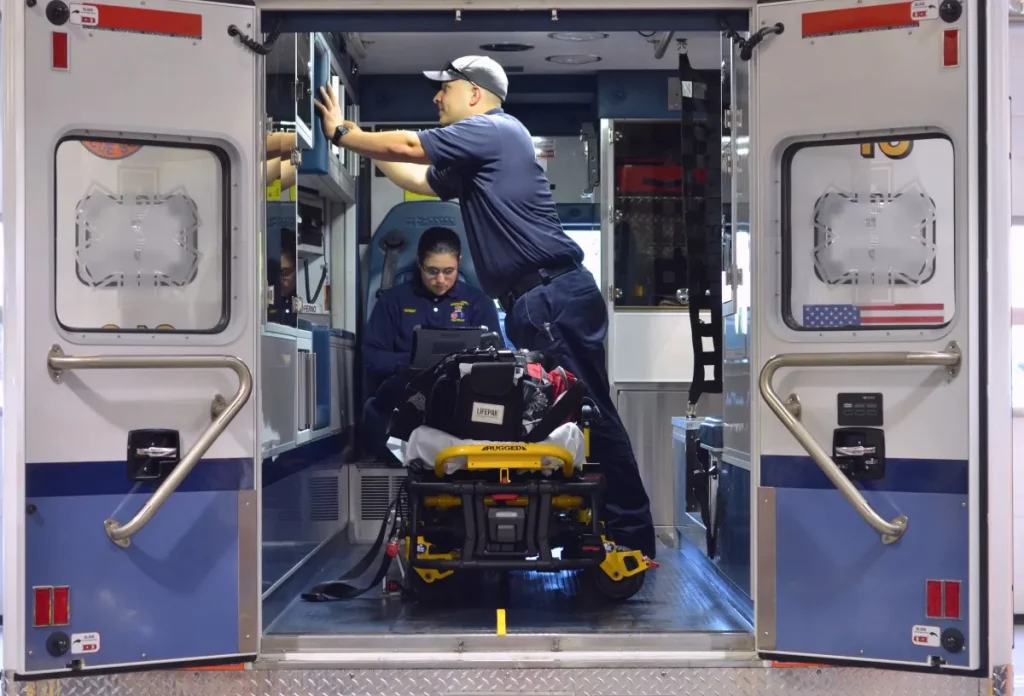To improve their operations and the treatment they give, EMS (Emergency Medical Services) must gather and use data. A standard vault that could store EMS data from every state in the US is required due to variances and inconsistencies in the data collected by various EMS agencies. The National Emergency Medical Services Information Systems (NEMSIS) was created due to this need. Now States can gather more standardized data through NEMSIS, which they submit to a national EMS database.
The National Highway Traffic Safety Administration’s (NHTSA) Office of EMS, in collaboration with the University of Utah, the host institution for the Technical Assistance Centre, manages NEMSIS independently. The benefits listed below demonstrate why EMS organizations must utilize NEMSIS-compliant software.
The Software Maintains High-Quality Electronic Patient Reports
The software providers make software products that send and receive EMS data in the correct Html form via bodies to states and then to the NEMSIS server. NEMSIS software is highly detailed to ensure all necessary information related to the patient is taken. It includes figures on the EMS response system, the victim’s condition, the scene’s characteristics, and the treatment administered.
There Is Up to Date Nationwide Data Collection Standards
Over 14,000 EMS organizations serving communities across the nation have legally submitted approximately 49 million patient care reports, according to news from the NHTSA. This amounts to the most comprehensive public data on emergency medical services. In addition to the data from the other 50 states, the most recent data collection includes information from Delaware and three other U.S. territories.
NEMSIS Offers Flexibility at Both the Municipal and State Levels
The NEMSIS has three tiers of standards that enable the creation of local, national, and state repositories. The different data entries are categorized as required. This enables state practitioners at the local level to alter the format to suit their requirements. Additionally, each state has the authority to establish a foundation for inclusion in reports of EMS activations.
NEMSIS Improves the Inter-Flow of Information Between Organizations
Organizations can improve information sharing with other facilities, systems, and processes by increasing their level of standardization. Prehospital information systems were invented by the US-based National EMS Information Systems (NEMSIS) project. It has developed a national database to which member states can send their records for analysis and preservation and a standardized data dictionary to describe significant EMS data fields.
NEMSIS-Compliant Software Supports Research
When EMS personnel notice symptoms that are challenging to diagnose, they can use the LINE app to record videos for social media or send images and sounds to the command center specialist. Technology adoption has increased operator confidence, wounded person safety, and operational costs in the past.
Summary
The NEMSIS has been very helpful in standardizing the information gathered by EMS professionals. The expansion of EMS research, essential to ensuring EMS continues to offer high-quality services to patients across the nation, has been made possible by standardized national data collection. The standard dataset makes future planning more manageable and allows national, local, and state EMS to measure their success.
